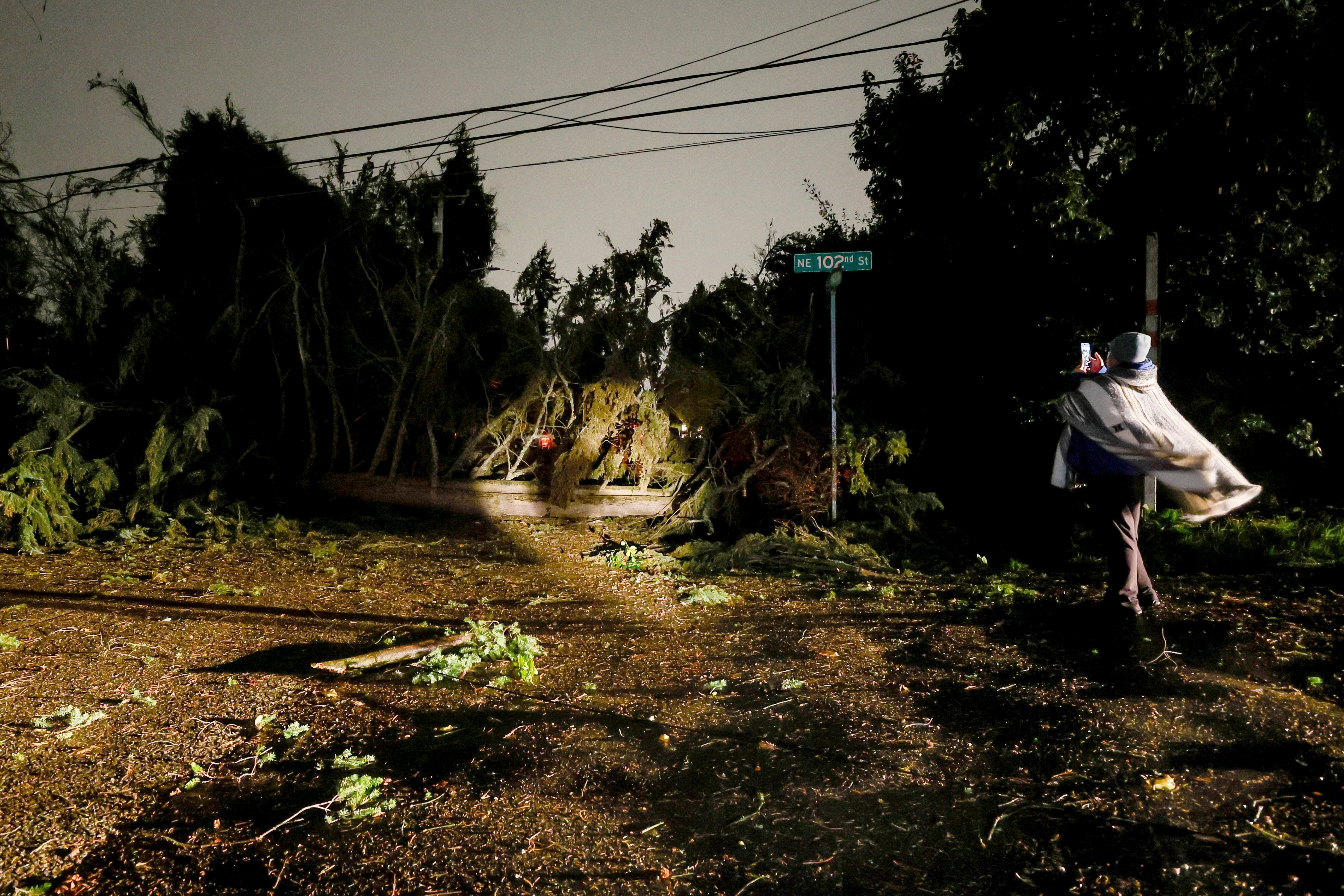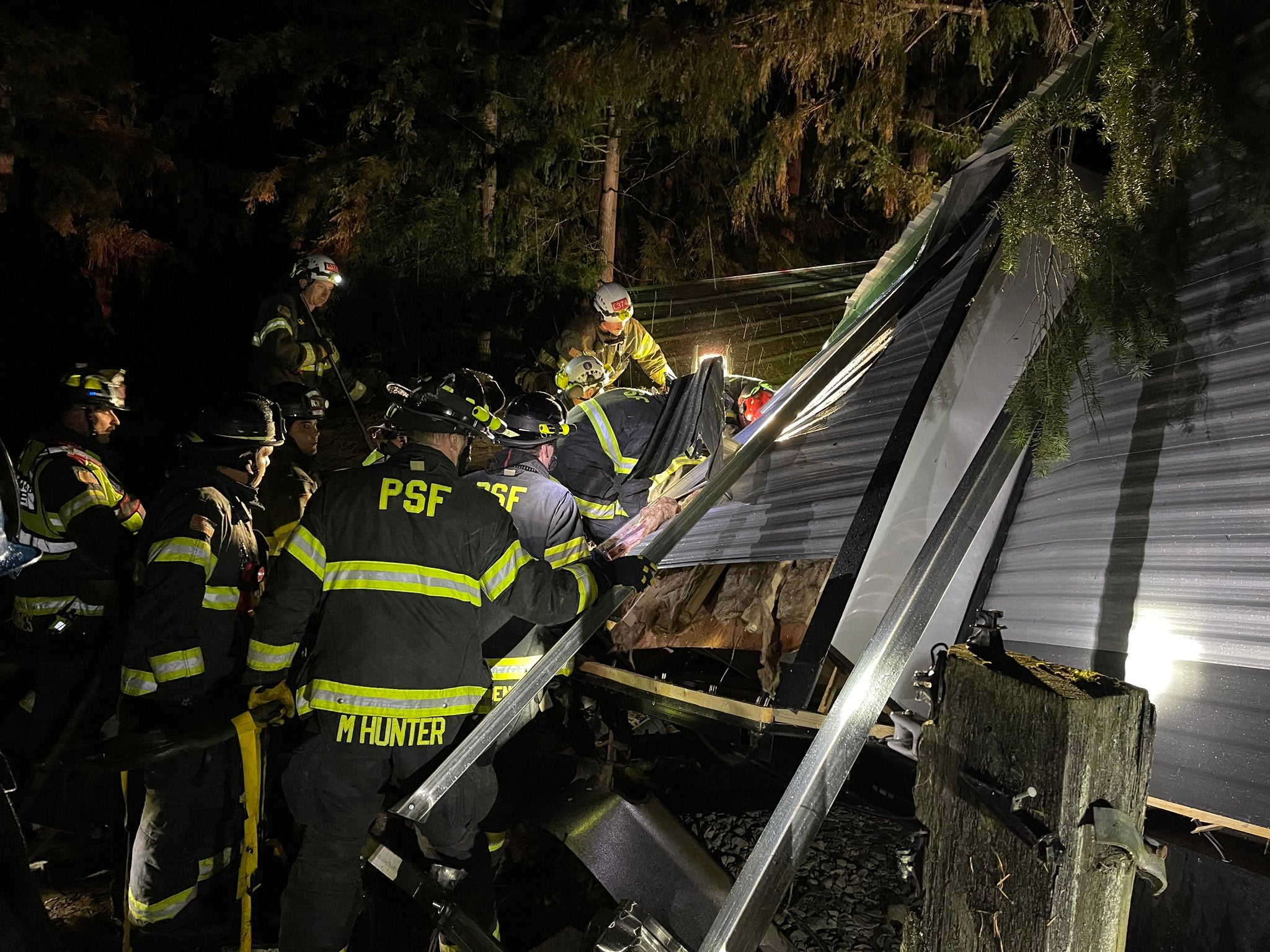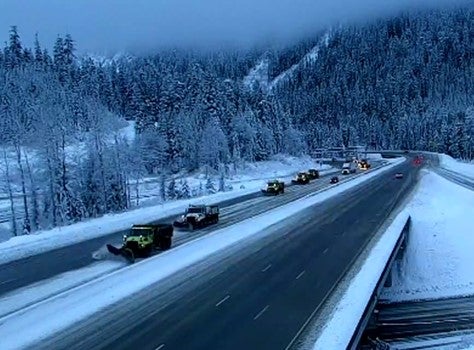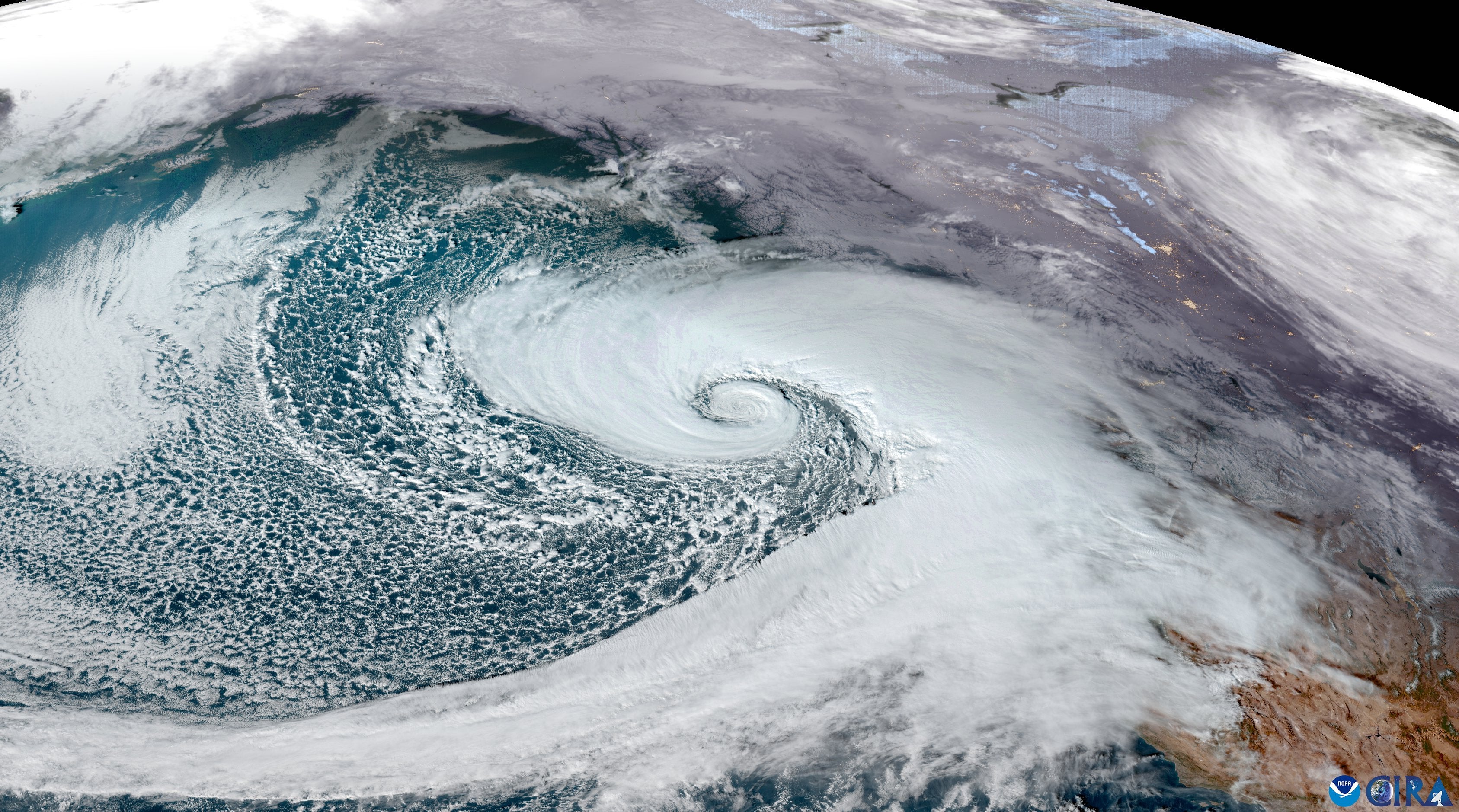‘Bomb cyclone’ blasts Pacific Northwest leaving two dead and 500,000 in the dark
In Lynnwood, a woman was killed when a large tree fell on a homeless encampment on Tuesday evening
Your support helps us to tell the story
From reproductive rights to climate change to Big Tech, The Independent is on the ground when the story is developing. Whether it's investigating the financials of Elon Musk's pro-Trump PAC or producing our latest documentary, 'The A Word', which shines a light on the American women fighting for reproductive rights, we know how important it is to parse out the facts from the messaging.
At such a critical moment in US history, we need reporters on the ground. Your donation allows us to keep sending journalists to speak to both sides of the story.
The Independent is trusted by Americans across the entire political spectrum. And unlike many other quality news outlets, we choose not to lock Americans out of our reporting and analysis with paywalls. We believe quality journalism should be available to everyone, paid for by those who can afford it.
Your support makes all the difference.A massive “bomb cyclone” continued to bear down on the Pacific Northwest on Wednesday, and has been blamed for at least two deaths and hundreds of thousands losing power.
Two Washington women were killed by falling trees Tuesday night in King and Snohomish counties. Two other people were injured and transported to the hospital south of Seattle. The names of the people killed have not been released.
Trees blocked major highways and damaged buildings in the city of Issaquah. Drivers were advised to obey road closures and the state’s Department of Transportation said it was working to clear any debris. Some mudslides were also reported.
Washington was not the only state slammed by the storm. Along the West Coast, Oregon and California residents have also had to contend with extreme weather, including flooding rain and whipping winds.
While the Evergreen State’s winds were projected to die down by midday, as the low pressure system moves away from the region, Oregon and California will continue to feel flooding rains from an associated atmospheric river storm that could hamper ground and air travel. Tens of flights were already canceled at San Francisco International Airport, according to FlightAware.

Travel was also hampered in Washington on Tuesday. An Amtrak train en route to Seattle hit a tree near the Stanwood station, according to FOX Weather. The train was towed, but no passengers were hurt. A ferry route was out of service until further notice.
Utility companies said they were working to get power back on, but that conditions on roads were making efforts difficult.
“All of Neah Bay is out, however crews cannot get in to fix the problem due to trees and mudslides,” Clallam County’s public utility district said Wednesday. “The crew in Sekiu is finishing up restoration there and will return to Neah Bay once WSDOT has cleared the road.”
Tracker PowerOutage.US showed more than 491,000 customers without power in Washington, more than 5,600 in Oregon, and nearly 35,000 out in California.

Many schools were closed across Washington on Wednesday, and others had delayed starts. School buses for the Renton School District were picking up students two hours late.
The powerful storm brought extreme winds and blizzard conditions to higher elevations that were expected to continue on Wednesday throughout the Cascade Mountains.
More than a foot of snow fell around Snoqualmie Pass and several inches of rainfall were reported in Quinault, Oregon and California. Snow was continuing to fall around Washington on Wednesday and some hail was possible in coastal areas.
The National Weather Service’s Seattle office said the peak wind gust from the storm, recorded off Vancouver Island, was 101 miles per hour. Most people can’t stand in winds up to 50 miles per hour and some places saw hurricane-force winds. The office’s radio transmissions were disrupted by the storm.

In neighboring Oregon, hurricane-force winds – gusts over 75 miles per hour – were also felt along the coast. Special weather statements were also issued there on Wednesday.
Down the coast, threats were just beginning in California’s San Francisco Bay Area.
Flooding was reported in Sonoma County, and the National Weather Service’s Bay Area office reported rain there between one-and-half and two-and-half inches over a period of six hours. Flood advisories were issued across the state, while the Bay Area and Central Coast were expected to see impacts from the plume of moisture through the end of the week.
“The heaviest rainfall is anticipated across the North Bay, where 10 to 15 inches of rainfall are forecast. This will result in an increased flood threat. Be sure to avoid flood prone areas!” the office warned. Dangerous wave action along the coast was also expected.
More than 10 inches of rain are likely to raise the risk of life-threatening flash flooding, rock slides, and debris flows from the northern California coast to inland mountain ranges.
The National Weather Service’s Sacramento office issued a wind advisory, cautioning that gusts could reach up to 45 miles an hour.

A second low pressure system is forecast to develop and strengthen off the Northwest coast on Friday that will help to “amplify” the atmospheric river, exacerbating the threat of flooding. More strong winds are anticipated throughout the Northwest to end the week.
A bomb cyclone, known technically as bombogenesis, occurs when a storm’s central pressure drops by at least 24 millibars within 24 hours. Satellite images showed the strength of this bomb cyclone.
The last bomb cyclone swept the Pacific Northwest region in January, with California receiving most of the storm’s threats.

Join our commenting forum
Join thought-provoking conversations, follow other Independent readers and see their replies
Comments